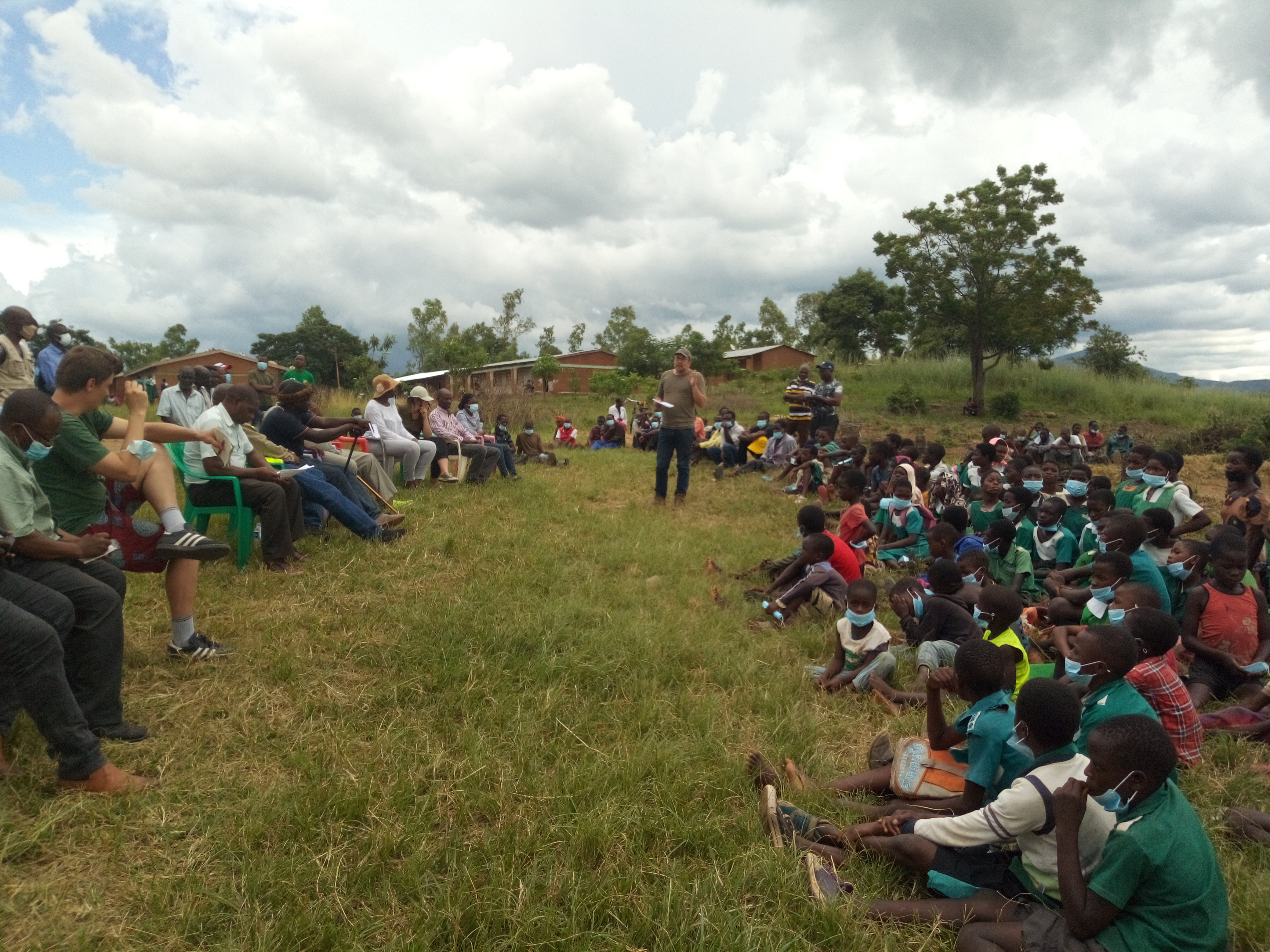Localizar los bosques secundarios y sus propietarios en el área de interés.
UBICACION DE UNIDADES DE MANEJO
CODEFORSA
El área de bosque secundario en Costa Rica, está identificada en el mapa desarrollado por SINAC en el año 2014, este mapa identifica los tipos de bosque para todo el país. Las propiedades donde se ubica el bosque, se identificaron por medio de los registros catastrales de las municipalidades de San Carlos y Los Chiles, que son información pública, se determinó quienes eran los propietarios de estas áreas de bosque.
Se visitaron los propietarios que tuvieran 10 hectáreas o más de bosque secundario, se les presentó el proyecto y se les planteó si tenían interés en participar, donde el aporte del propietario era facilitar el acceso al bosque para realizar una evaluación del estado silvicultural del mismo y posterior al análisis de los datos determinar el o los tratamientos silviculturales a desarrollar para consolidar el sitio como bosque, mejorar la estructura vertical y horizontal del mismo y a mediano y largo plazo obtener beneficios económicos del aprovechamiento de sus servicios ecosistémicos. En total se obtuvo anuencia de 14 propietarios de bosque para implementar las actividades del proyecto.
- Se contaba con información digital de las áreas de bosques secundarios a nivel nacional y regional.
- Se contaba con la normativa de ley aprobada para identificar los bosques secundarios a nivel de definición.
- La información pública de los propietarios de las fincas a nivel digital que poseen las municipalidades fue vital para localizar a los dueños de los bosques.
- La Región Norte del país tiene cultura forestal por lo que no fue dificil motivar a los propietarios de fincas en participar del programa de manejo de bosque secundario.
- A pesar que a nivel de mapas se tenga como bosque secundario áreas de cobertura forestal, las mismas siempre deben ser visitadas para verificar el uso, tiende a confundirse con plantaciones forestales en abandono o repastos con mucha presencia de árboles.
- Los bosques secundarios corresponden con áreas muy fragmentadas por lo que lograr un impacto grande requiere de mucho esfuerzo.
- Se deben tener muy claros los objetivos del proyecto a la hora de plantearlos al propietario del bosque para lograr llegar con el restauración adecuado donde el fin primordial es el mantenimiento del bosque en sus funciones ecosistémicas.
